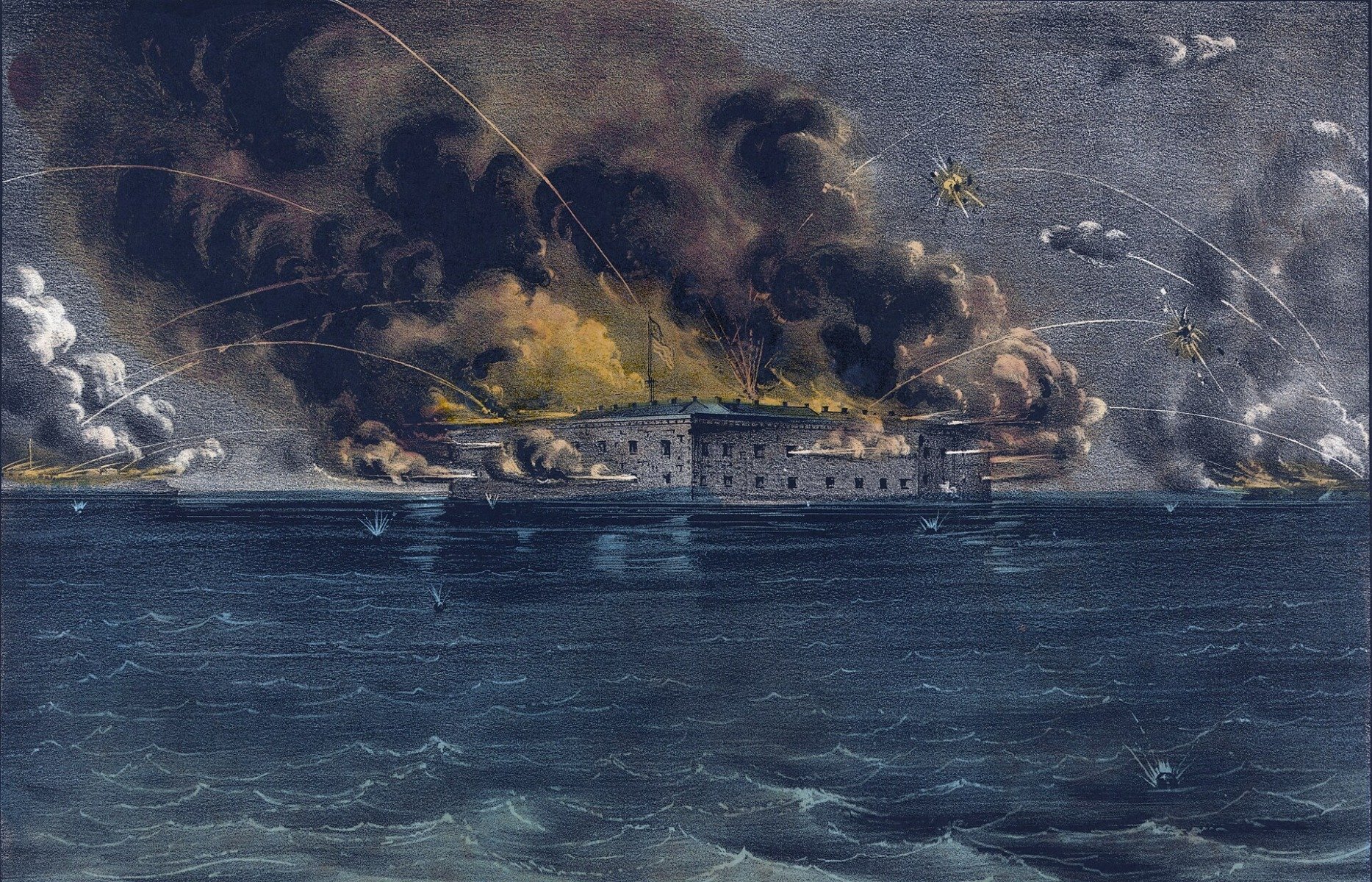The History of the Civil War
At Gettysburg Flag Works, our passion for history drives everything we do. The Civil War era holds a special place in our hearts, not only for its impact on the United States but also for the stories and flags that go with it. In our own way, we have come to understand this time of rampant division and can draw many parallels to the world we still live in today, but there are always people out there doing things for the right reasons!
Read along to learn about the history of the Civil war and the flags that inspire our collection of historical flags that bring this era to life!
The Origins of the Civil War
The American Civil War (1861-1865) was a watershed moment in our nation's history. It stemmed from deep-seated conflicts over states' rights, the expansion of slavery, and economic disparities between the industrial North and the agrarian South. The election of Abraham Lincoln in 1860, on an anti-slavery expansion platform, served as a tipping point, prompting Southern states to secede and form the Confederate States of America. This division set the stage for a bloody conflict being the bloodiest war in American history, with 620,000 combatant deaths.
The roots of the war can be traced to compromises made during the nation’s founding, including the Constitution’s allowance for slavery. As the nation expanded westward, the question of whether new territories would permit slavery fueled tensions. Events such as the Missouri Compromise, the Kansas-Nebraska Act, and the Dred Scott decision further polarized the nation. By the time South Carolina fired on Fort Sumter in April 1861, the United States was extremely divided.
Key Battles and Campaigns

A series of legislative acts, especially the Compromise Act of 1850, tried to hold the country together. Matters came to a head in the presidential election of 1860. When Abraham Lincoln, the Republican candidate, was elected, the southern states began to secede even before he took office. War broke out on April 12, 1860, when Confederate troops fired on Union military at Fort Sumter.
From there, the Civil War had some of the most significant and devastating battles in American history! Here are some of the most notable moments:
The Battle of Antietam
Fought on September 17, 1862, Antietam remains the bloodiest single day in American history, with over 22,000 casualties. The Union’s tactical victory provided President Lincoln the opportunity to issue the Emancipation Proclamation, reframing the war as a fight against slavery.
The Emancipation Proclamation
The Emancipation Proclamation, issued in 1862, effectively ended the possibility of European involvement in the war and simultaneously struck an economic blow at the South. African American troops were added to the Union army.
The Summer of 63'
The summer of 1863 was a decisive one. The battle of Gettysburg stopped the last Confederate advance into the North. Often considered the turning point of the Civil War, the Battle of Gettysburg (July 1-3, 1863) halted General Robert E. Lee’s invasion of the North. The Union’s victory, coupled with the profound losses on both sides, shifted the momentum of the war in favor of the North. Then the battle of Vicksburg, Mississippi, gave the Union a decisive victory on July 4, 1863. This victory gave the Union control of the Mississippi River, effectively splitting the Confederacy in two and marking a major turning point in the war.
Sherman’s March to the Sea
In late 1864, General William Tecumseh Sherman’s scorched-earth campaign through Georgia devastated Southern infrastructure and morale, hastening the Confederacy’s collapse.
The End of the War
The war ended on April 9, 1865, when General Lee surrendered to Grant at Appomattox Court House.
The Civil War was the first war to be recorded photographically. Over 1100 Civil War images are online as part of the American Memory project, with more at PBS’s Civil War site.
The Role of Flags in the Civil War

Flags were vital symbols during the Civil War, representing the groups on both sides of the fight On the battlefield, flags served as rallying points for troops and conveyed critical information.
Here at Gettysburg Flag, we have many Civil war flags to choose from in our collection. The Union Army utilized the familiar stars and stripes, with new stars added as states joined the Union. In contrast, the Confederacy employed a variety of flags, including the iconic Confederate battle flag that we do not carry. There are still many examples of squadron flags and battle flags that reinactors and enthusiasts love to collect!
Explore Civil War Flags to discover authentic replicas of these incredible flags.
The War’s Legacy
The Civil War left a lasting legacy on the United States. It resulted in the abolition of slavery through the 13th Amendment, redefined the balance of power between state and federal governments, and laid the groundwork for the Civil Rights Movement. However, the war also left scars that would take generations to heal, as the nation grappled with the social, economic, and cultural impacts of the conflict.
Looking for Civil War flags?
Take a look at our historical flag collection, which is the highest quality historical flag collection made in the USA! You can also see all of our historical content that we have ever created and learn more about our country!